
| Recorded by: Stephen Dunn on 2025-08-22
Orange Co.
Comment: | 
| Recorded by: Jim Petranka, Mark Basinger and Becky Elkin on 2025-05-18
Buncombe Co.
Comment: |

| Recorded by: R. Newman on 2025-04-28
Carteret Co.
Comment: | 
| Recorded by: David George, Jeff Niznik on 2024-09-10
Durham Co.
Comment: |
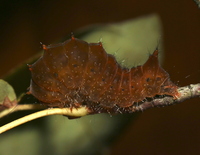
| Recorded by: David George, Jeff Niznik on 2024-09-10
Durham Co.
Comment: | 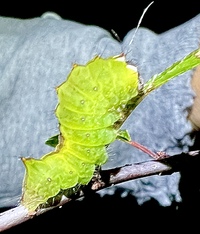
| Recorded by: Stephen Dunn on 2024-09-09
Orange Co.
Comment: |
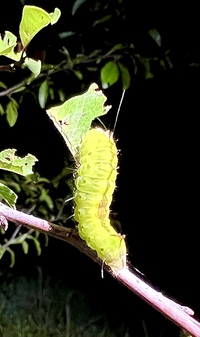
| Recorded by: Stephen Dunn on 2024-09-09
Orange Co.
Comment: | 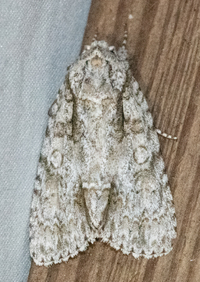
| Recorded by: Emily Stanley on 2024-08-15
Buncombe Co.
Comment: |

| Recorded by: K. Bischof on 2024-07-29
Transylvania Co.
Comment: | 
| Recorded by: R. Newman on 2024-05-23
Carteret Co.
Comment: |
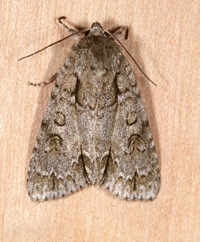
| Recorded by: Jim Petranka and Becky Elkin on 2024-04-16
Buncombe Co.
Comment: | 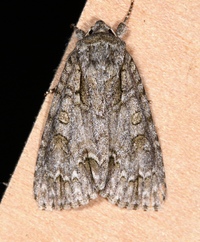
| Recorded by: Jim Petranka and Becky Elkin on 2024-04-16
Buncombe Co.
Comment: |
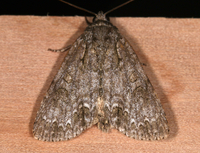
| Recorded by: Jim Petranka, Becky Elkin, Ivanna Knox, Marietta Shattelroe and Avery Young on 2023-09-21
Buncombe Co.
Comment: | 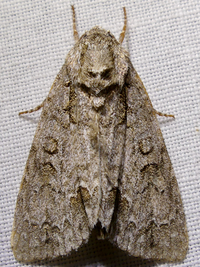
| Recorded by: tom ward on 2023-08-07
Buncombe Co.
Comment: |
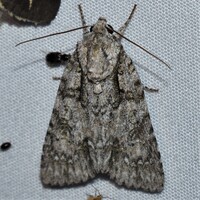
| Recorded by: David George, Stephen Dunn, Jeff Niznik on 2023-06-25
Orange Co.
Comment: | 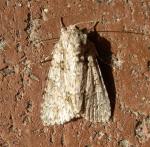
| Recorded by: R. Newman on 2022-10-31
Carteret Co.
Comment: |
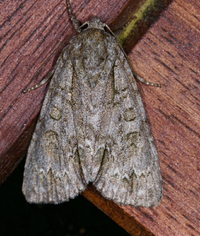
| Recorded by: Jim Petranka and Becky Elkin on 2022-08-14
Madison Co.
Comment: | 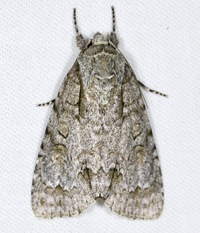
| Recorded by: Jim Petranka on 2022-08-06
Madison Co.
Comment: |
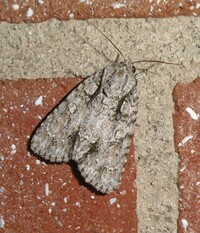
| Recorded by: Simpson Eason on 2022-07-30
Durham Co.
Comment: | 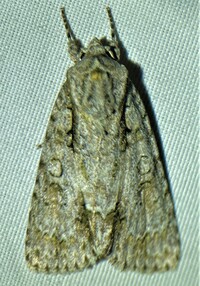
| Recorded by: Dean Furbish on 2022-07-28
Wake Co.
Comment: |
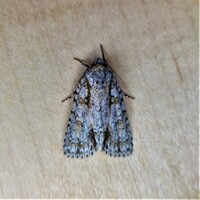
| Recorded by: Gary Maness on 2022-07-13
Guilford Co.
Comment: | 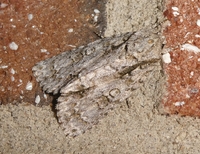
| Recorded by: Simpson Eason on 2022-05-23
Durham Co.
Comment: |
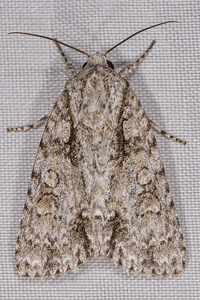
| Recorded by: Mark Shields on 2021-10-01
Onslow Co.
Comment: | 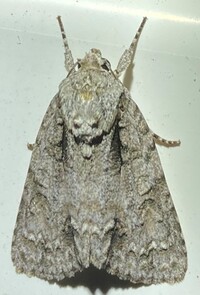
| Recorded by: Dean Furbish on 2021-06-23
Wake Co.
Comment: |
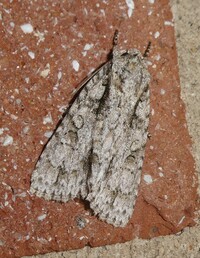
| Recorded by: Simpson Eason on 2021-06-08
Durham Co.
Comment: | 
| Recorded by: Darryl Willis on 2020-08-10
Cabarrus Co.
Comment: |
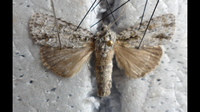
| Recorded by: Darryl Willis on 2013-08-18
Cabarrus Co.
Comment: | 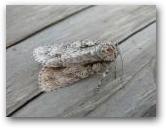
| Recorded by: Newman, Randy on 2007-05-11
Carteret Co.
Comment: |
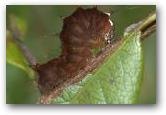
| Recorded by: ASH on 2006-09-01
Moore Co.
Comment: | 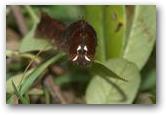
| Recorded by: ASH on 2006-09-01
Moore Co.
Comment: |
|

 »
»
























